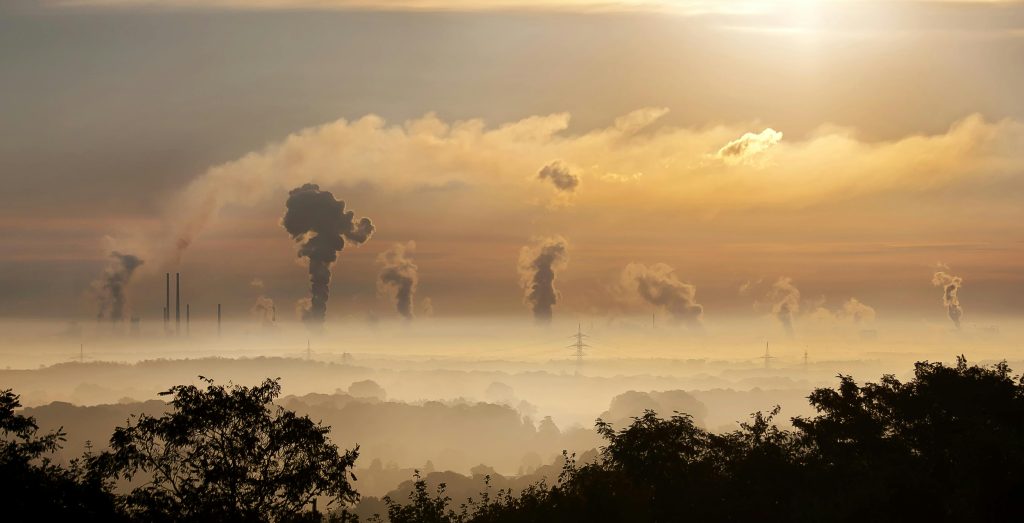From Soil to Savings: Cutting CO₂ and Earning Credits

By Ritabrata Mitra, Sales Head, RMSI Cropalytics
A new wave of opportunity is reshaping agriculture; farmers can now monetise sustainability. With the rise of carbon markets, reducing emissions is no longer just an environmental act but also an income-generating one. The concept of carbon credits is revolutionising farming like never before.
As India operationalises its carbon market, we at RMSI Cropalytics are working to ensure that this opportunity reaches farmers across the country.
Carbon: The New Cash Crop
Soils act as natural carbon stores by holding organic matter and releasing it into the atmosphere, mainly as CO₂. When soils capture and store more carbon than they emit, they become valuable “carbon sinks.” This makes them central to climate change mitigation.
Through practices such as no-till farming, the use of bio-fertilisers, or precision irrigation, farmers can reduce emissions significantly. These reductions are measured in terms of CO₂ savings and converted into tradable carbon credits, where 1 credit equals 1 tonne of CO₂ reduced, removed, or sequestered.
These credits can then be sold in carbon markets, unlocking a completely new income stream. With more than 90 million farmers in India, even if 10% adopt climate-smart practices, the potential carbon savings could reach millions of tonnes annually, with revenue worth several crores each year.
Farming That Fights Carbon
There are multiple carbon-friendly practices that farmers can adopt, each offering environmental and financial benefits.
Minimal Tillage
Reducing tillage is one of the most effective ways to conserve soil carbon. Crop rotation is a simple and widely practised method to reduce tillage. It improves long-term ecosystem health, lowers CO₂ emissions, and conserves the soil’s chemical and physical properties. Retaining crop residues further strengthens soil health while reducing atmospheric carbon release.
Crop Residue Management
Burning crop residue is a major contributor to emissions. Instead, residues can be used as biomass in power plants, converted into biofuels, or applied as biofertilizers. Such methods not only cut methane and CO₂ emissions but also improve soil fertility and reduce air pollution.
Agroforestry
Integrating trees with crops and planting along borders enhances soil carbon sequestration. Farmers also gain additional products like fruits and timber, creating dual benefits of sustainability and income.
Renewable Energy Integration
Installing solar panels is another effective way to cut farm emissions. Though often costly, government schemes like Pradhan Mantri Kisan Urja Suraksha evam Utthaan Mahabhiyaan (PM-KUSUM) have made renewable energy more accessible and affordable for farmers.
Gains Beyond Money
Carbon-friendly practices don’t just increase income; they also deliver broader advantages:
- Improved soil and water management
- Reduced dependency on chemical fertilisers and diesel
- New avenues for rural entrepreneurship, especially for youth, women, and self-help groups
Farmers can participate individually or join carbon aggregators such as Enking International or Carbon Registry India, which pool carbon rights, provide technical support, and secure financing. This collective approach makes participation easier for smallholders.
Carbon and the SDGs
Carbon reduction directly contributes to achieving many Sustainable Development Goals (SDGs):
- SDG 13 – Climate Action: Cutting emissions is the most effective way to mitigate climate change.
- SDG 7 – Affordable and Clean Energy: Transitioning to renewable sources and boosting efficiency align with carbon reduction.
- SDG 11 – Sustainable Cities and Communities: Low-carbon development is integral to resilient urban planning.
In short, reducing carbon is not only a climate imperative but also a development imperative. From clean energy to sustainable cities, progress on multiple SDGs depends on effective carbon action.
Hurdles on the Way
Despite its promise, the carbon credit system faces several challenges in India:
Low awareness: Rural farmers often lack knowledge about carbon markets and their potential.
High initial costs: Certification and validation for individual farmers can be expensive.
Fragmented landholdings: Small plots need to be bundled together by aggregators, but such initiatives are still limited.
Risk of misuse: Issues like greenwashing or improper verification can undermine credibility.
Overcoming these hurdles requires strong institutional support, transparent processes, and farmer-friendly mechanisms.
Lessons from Kenya’s Carbon Harvest
Kenya provides a successful case study of how carbon farming can transform agriculture. Launched in 2009 with the World Bank’s BioCarbon Fund, the Kenya Agricultural Carbon Project (KACP) helps 30,000 smallholder farmers adopt sustainable practices that improve yields, increase incomes, and reduce emissions.
Spanning 45,000 hectares and targeting 60,000 farmers, the project demonstrates how even small farms can generate significant carbon credits when aggregated. Remarkably, 61% of its members are women, highlighting the project’s contribution to inclusivity and equity.
Early results show yield improvements of 15–20%. The project is implemented by Vi Agroforestry and supported by global institutions, including the French Development Agency and the Syngenta Foundation for Sustainable Agriculture. By 2017, the Fund was expected to purchase credits worth $600,000, creating surplus revenues for farmers.
Kenya’s model shows that small-scale, well-documented practices can become internationally marketable. With its vast scale, digital infrastructure, and institutional capacity, India is well-positioned to surpass this model by fostering collaboration among farmer groups, technology providers, and policy institutions.
Fields of the Future
The future of Indian agriculture lies in more than just productivity—it lies in carbon efficiency. Every acre of farmland holds the potential to become:
- A climate sink, storing more carbon than it emits
- A carbon income generator, tapping into global green finance
- For farmers, this means playing a dual role: feeding the nation while helping cool the planet.
Conclusion: Beyond the Yield
At RMSI Cropalytics, our mission goes beyond mapping farms; we aim to map a future where climate action is rewarded fairly. The next Green Revolution will not just focus on growing more, but on growing smarter, cleaner, and fairer.
With carbon credits, farmers can be compensated not only for what they grow but also for how they grow it. This ensures a sustainable, inclusive, and profitable model for agriculture in India’s future.

You must be logged in to post a comment.